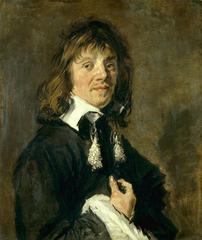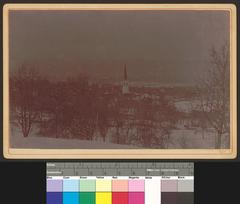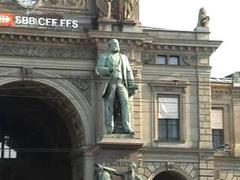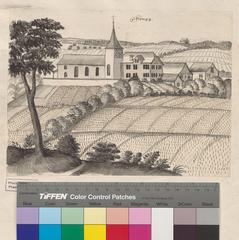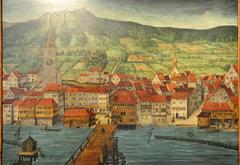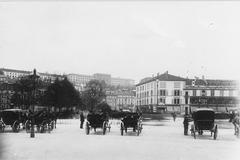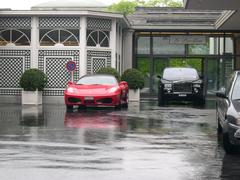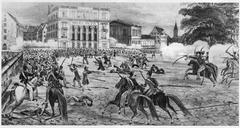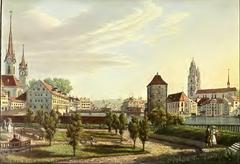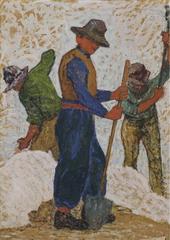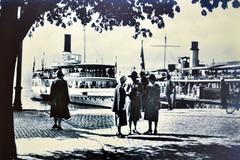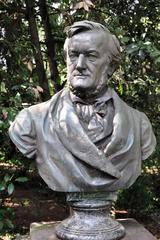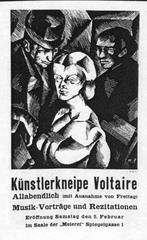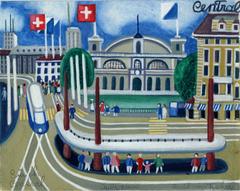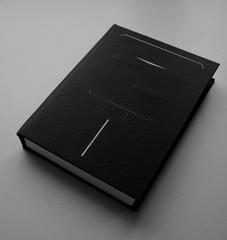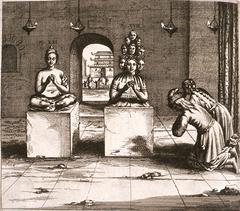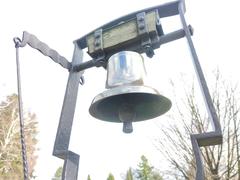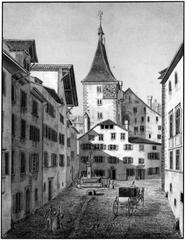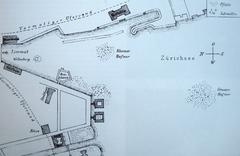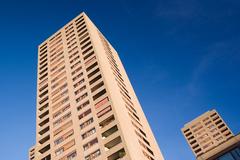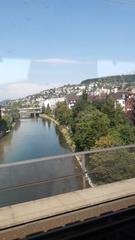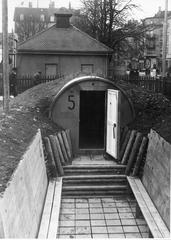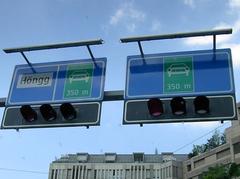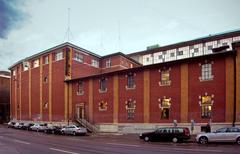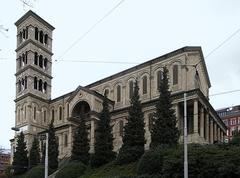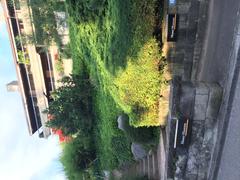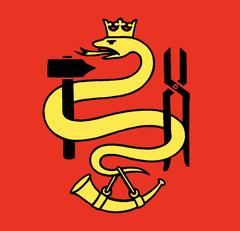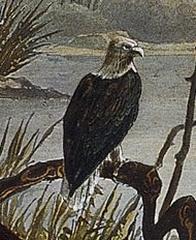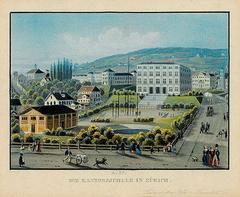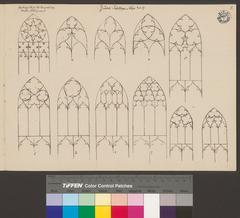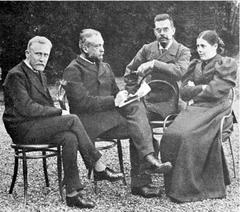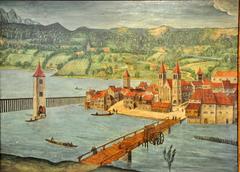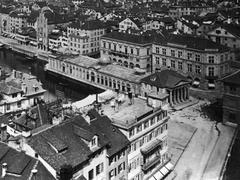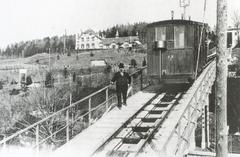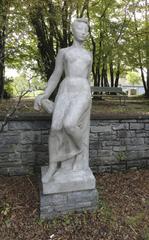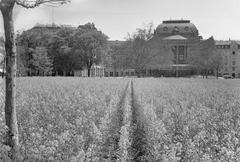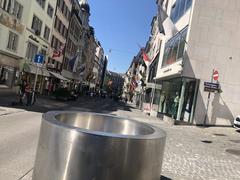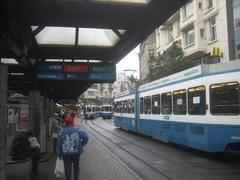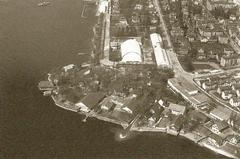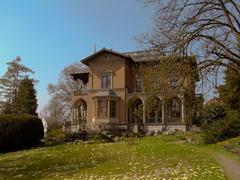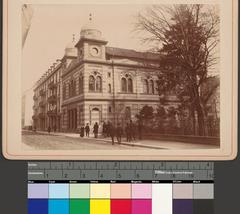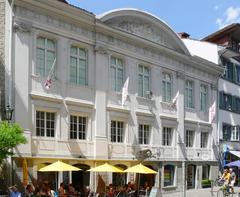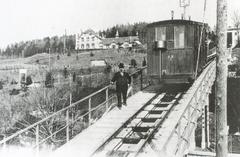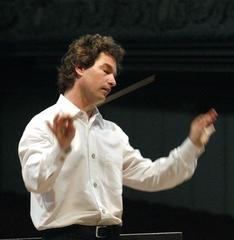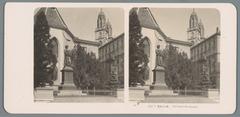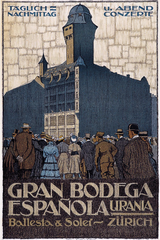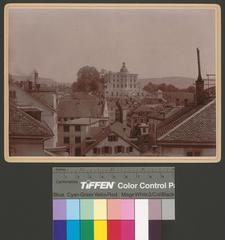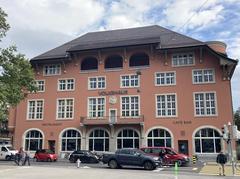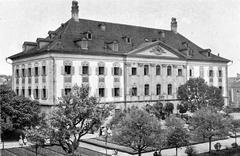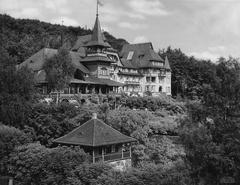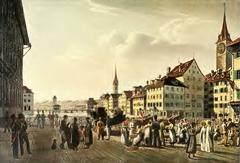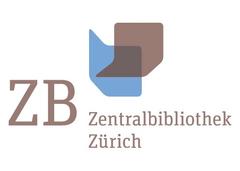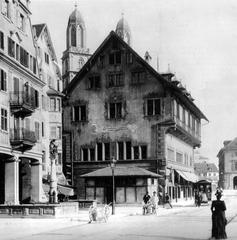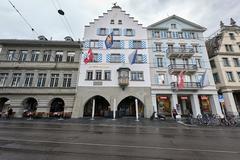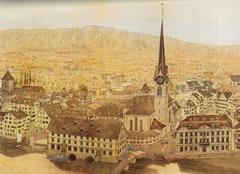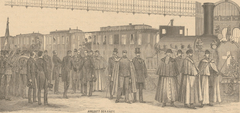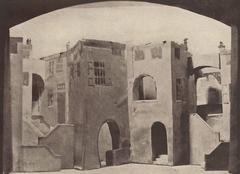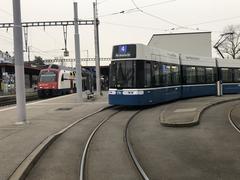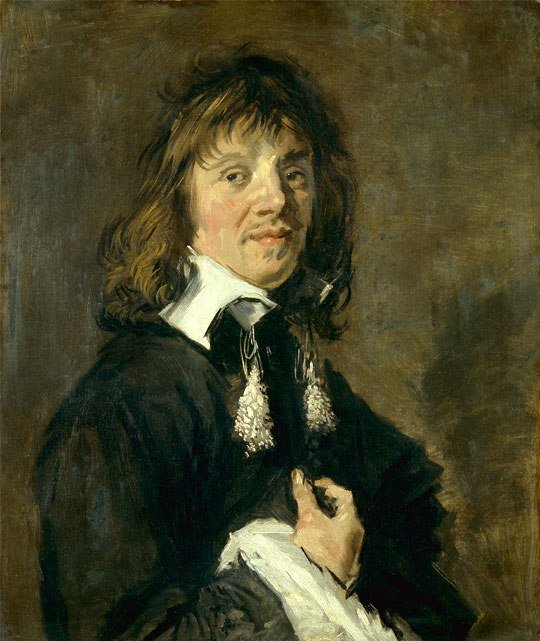
Foundation E.G. Bührle Collection: Visiting Hours, Tickets, and In-Depth Guide to Zurich’s Historical Art Landmark
Date: 14/06/2025
Introduction
The Foundation E.G. Bührle Collection at Kunsthaus Zürich stands as one of Europe’s most significant private art collections, renowned for its masterpieces of French Impressionism and Post-Impressionism. Housed in the contemporary Chipperfield extension of Kunsthaus Zürich, the collection features works by Monet, Cézanne, Van Gogh, Renoir, Picasso, and others. The collection’s legacy is shaped not only by its artistic excellence but also by a complex provenance, reflecting the turbulent history of 20th-century Europe and ongoing ethical debates about art ownership. This comprehensive guide provides essential visitor information, detailed historical context, highlights of the collection, and practical travel tips to ensure a meaningful and informed visit.
Historical Overview
The Origins of the Foundation E.G. Bührle Collection
Emil Georg Bührle: Industrialist and Collector
Emil Georg Bührle (1890–1956) was a German-born industrialist who became Switzerland’s wealthiest man during World War II as the head of Oerlikon-Bührle, a major arms manufacturer (buehrle.ch). His financial success enabled him to acquire an extensive collection of over 200 invaluable artworks between 1936 and 1956, primarily during a period of profound upheaval in the European art market caused by war, persecution, and forced sales (kunsthaus.ch; swissinfo.ch).
Through close ties with Zurich’s social and cultural elite, including the Zürcher Kunstgesellschaft, Bührle contributed financially to the Kunsthaus Zürich and strategically built his collection with the guidance of established dealers (news.uzh.ch).
Growth and Establishment of the Collection
Bührle’s collecting intensified during World War II, when many artworks entered the market under duress, often as a result of persecution or Nazi looting. After his death in 1956, his family established the Foundation E.G. Bührle Collection in 1960 to preserve and make the collection accessible to the public. Until 2021, the collection was housed in a villa adjacent to Bührle’s former residence (buehrle.ch). In 2021, over 170 works were placed on long-term loan to the Kunsthaus Zürich, now occupying a dedicated floor in the Chipperfield extension (kunsthaus.ch; ticinowelcome.ch).
Provenance Controversies and Research
The Bührle Collection has been under intense scrutiny for its acquisition of artworks during the Nazi era. Provenance research points to several works with histories involving forced sales and Nazi looting (swissinfo.ch). Reports by independent historians, such as Raphael Gross, have criticized the collection for insufficient transparency and for omitting former Jewish owners from records (The Art Newspaper). In response, the Foundation and Kunsthaus Zürich have intensified provenance research, opened archives, and adopted new partnership frameworks to address these challenges (artdependence.com).
Legacy and Institutional Developments
The collaboration between the Foundation E.G. Bührle and the Kunsthaus Zürich now emphasizes transparency, public accessibility, and ongoing research. Exhibitions such as “A Future for the Past” contextualize the collection’s masterpieces within their historical, social, and ethical frameworks (kunsthaus.ch).
Highlights of the E.G. Bührle Collection
Visitors to the Kunsthaus Zürich can view a remarkable selection of late 19th- and early 20th-century European art, including:
- Édouard Manet’s “La Sultane” (c. 1871): Recently involved in a settlement with the heirs of Jewish collector Max Silberberg (The Art Newspaper).
- Claude Monet’s “Garden in Giverny” (1895): An iconic Impressionist landscape.
- Vincent van Gogh’s “The Old Tower” (1884): A poignant early work by Van Gogh.
- Paul Cézanne’s “The Boy in the Red Vest”: A masterpiece bridging Impressionism and Modernism.
- Henri de Toulouse-Lautrec’s “Portrait of Georges-Henri Manuel” (1891): A dynamic depiction of Parisian life.
- Other notable artists: Gauguin, Degas, Renoir, Picasso, Pissarro, Sisley, and Courbet.
The collection also includes Old Master paintings, Baroque art, and Swiss works, offering visitors a comprehensive historical context.
Visitor Information
Opening Hours
- Tuesday, Wednesday, Friday, Saturday, Sunday: 10:00–18:00
- Thursday: 10:00–20:00
- Monday: Closed
- Public Holidays: 10:00–18:00
- Closed: December 25 and January 1
(kunsthaus.ch)
Tickets & Admission
- Exhibitions including the Bührle Collection: CHF 31 (standard), CHF 24 (reduced)
- Collection only: CHF 24 (standard), CHF 17 (reduced)
- Children up to 13 years and museum members: Free
- Purchase online or at the museum: Kunsthaus Zürich ticketing
Accessibility
- The museum is fully wheelchair accessible, with elevators, adapted restrooms, and seating areas.
- Assistance for visitors with disabilities is available upon request.
Location and Getting There
- Address: Kunsthaus Zürich, Heimplatz, 8001 Zürich
- Public Transport: Tram lines 3, 5, 9 and bus line 31 stop at “Kunsthaus.”
- By Car: Parking available nearby (e.g., Parkhaus Hirschenplatz, Parkhaus Urania).
Amenities
- Cloakroom and lockers: Available.
- Café and museum shop: On-site for refreshments and souvenirs.
Enhancing Your Visit: Tours, Resources, and Travel Tips
Guided Tours & Events
- Regular guided tours and audio guides are available in several languages.
- Special thematic tours focus on provenance, ethical issues, and historical context.
- Check the event calendar for lectures, exhibitions, and Zurich Art Weekend programs (kunsthaus.ch).
Digital Resources & Accessibility
- The museum offers virtual tours and high-resolution images with descriptive alt text.
- QR codes and digital displays in the galleries provide in-depth provenance information.
Photography
- Photography (without flash) is permitted in most galleries. Tripods and professional equipment require prior permission.
Nearby Zurich Historical Sites
Combine your visit with a stroll through Zurich’s Old Town, a walk along Lake Zurich, or a visit to the Swiss National Museum. The Kunsthaus is ideally situated for a well-rounded cultural itinerary.
Provenance, Restitution, and Ethical Context
The Bührle Collection remains a focal point in international debates on art provenance and restitution. At least 62 works were previously owned by Jewish collectors persecuted during the Nazi era (swissinfo.ch). The Foundation and Kunsthaus Zürich have increased transparency, conducted independent research, and reached confidential settlements with heirs (e.g., Manet’s “La Sultane”) (The Art Newspaper). Visitors are encouraged to engage thoughtfully with both the artworks and their histories, aided by contextual information and staff expertise.
Frequently Asked Questions (FAQ)
Q: What are the opening hours?
A: Tuesday, Wednesday, Friday, Saturday, Sunday: 10:00–18:00; Thursday: 10:00–20:00; closed Mondays.
Q: How do I buy tickets?
A: Tickets are available online (Kunsthaus Zürich ticketing) and at the museum entrance.
Q: Is the museum accessible for wheelchair users?
A: Yes, all public areas are wheelchair accessible.
Q: Are guided tours available?
A: Yes, guided tours and audio guides are offered in multiple languages.
Q: Can I take photographs?
A: Yes, photography without flash is permitted in most galleries. For professional equipment, request permission.
Q: What else can I visit nearby?
A: Zurich’s Old Town, the Swiss National Museum, and Lake Zurich are all within walking distance.
Travel Tips
- Best Time to Visit: Weekday mornings are ideal for a quieter experience.
- Check for Updates: Some works may be temporarily unavailable due to ongoing provenance research; consult the official website before your visit.
- Use Audio Guides: Enhance your visit with the Audiala app for expert commentary and interactive maps.
Conclusion
The Foundation E.G. Bührle Collection at Kunsthaus Zürich offers a profound encounter with the world’s most celebrated Impressionist and early Modernist paintings, set against a backdrop of complex 20th-century history. By combining artistic appreciation with critical engagement, the collection invites all visitors to reflect on the intertwined legacies of beauty, conflict, and ethical responsibility. With comprehensive visitor services, accessible facilities, and a commitment to transparency and accountability, the E.G. Bührle Collection remains a must-see for anyone interested in art and history in Zurich.
Image suggestions (to be added by publisher):
- Exterior of Kunsthaus Zürich: “Kunsthaus Zürich, home to the E.G. Bührle Collection.”
- Monet’s Water Lilies: “Monet’s Water Lilies displayed at the E.G. Bührle Collection, Zurich.”
- Interactive map: “Map showing Kunsthaus and nearby Zurich attractions.”
Suggested Internal Links:
- “Explore Zurich’s Old Town”
- “Guide to Zurich Museums”
- “Top Impressionist Art Collections in Europe”
Official Sources
- Bührle Foundation History – Emil Georg Bührle
- Kunsthaus Zürich: Emil Bührle Collection
- Looted Art: A New Look at Bührle Art Collection’s Shadowy Past, swissinfo.ch
- Next Steps for Bührle Collection, artdependence.com
- Bührle Foundation Official Website
- Kunsthaus Zürich Ticketing and Visitor Info
- Settlement with Heirs of Jewish Collector, The Art Newspaper
- Bührle Collection at Kunsthaus Zürich: “A Future for the Past” Exhibition, Zürcher Museen
- Visiting the Foundation E.G. Bührle Collection: Hours, Tickets, and Provenance Controversies
